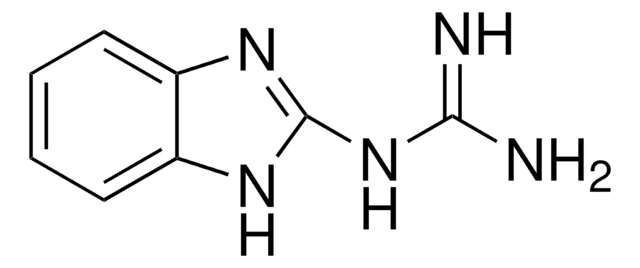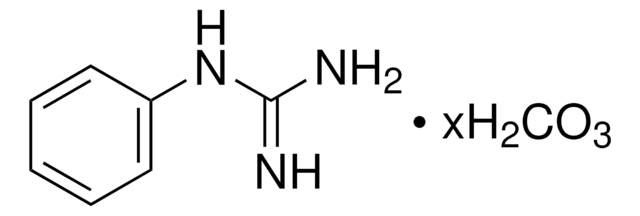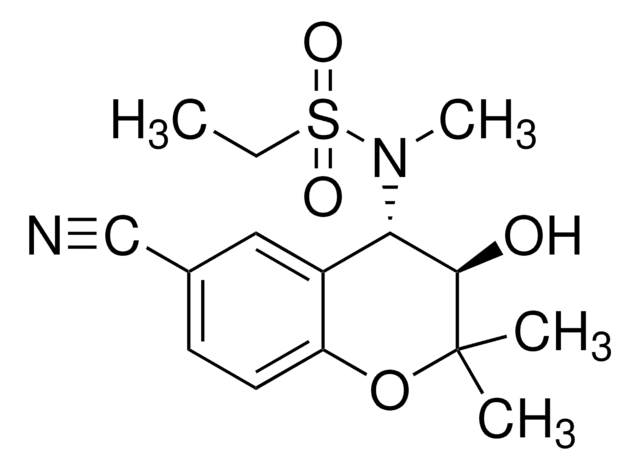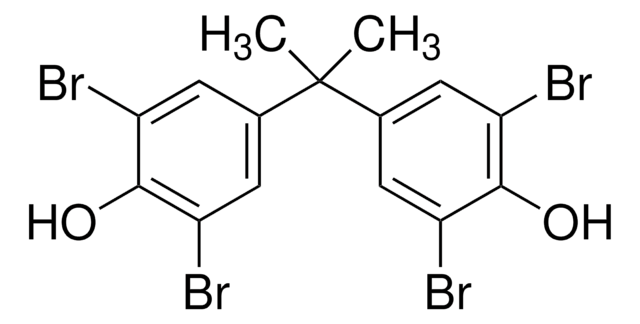164216
1-Phenylbiguanid
98%
Synonym(e):
1-(Diaminomethylidene)-2-phenylguanidine, 1-Carbamimidamido-N-phenylmethanimidamide, N-Phenyl-N′-guanylguanidine, N-Phenylbiguanide, N-Phenylimidodicarbonimidic diamide, N1-Phenylbiguanide, PBG
About This Item
Empfohlene Produkte
Qualitätsniveau
Assay
98%
Form
solid
mp (Schmelzpunkt)
135-142 °C (lit.)
Löslichkeit
alcohol: freely soluble
water: freely soluble
Funktionelle Gruppe
amine
SMILES String
NC(=N)\N=C(/N)Nc1ccccc1
InChI
1S/C8H11N5/c9-7(10)13-8(11)12-6-4-2-1-3-5-6/h1-5H,(H6,9,10,11,12,13)
InChIKey
CUQCMXFWIMOWRP-UHFFFAOYSA-N
Angaben zum Gen
mouse ... Htr3a(15561)
Allgemeine Beschreibung
Anwendung
- 4-chloro-2,5-dihydro-2,5-dioxonaphtho[1,2-d]imidazole-3-carboxylic acid phenyl amide
- 6-chloro-8-phenylamino-9H-7,9,11-triaza-cyclohepta[a]naphthalene-5,10-dione
- 4-dimethylamino-5,10-dioxo-2-phenylimino-5,10-dihydro-2H-benzo[g]quinazoline-1-carboxylic acid amide
Lagerklassenschlüssel
11 - Combustible Solids
WGK
WGK 3
Flammpunkt (°F)
Not applicable
Flammpunkt (°C)
Not applicable
Persönliche Schutzausrüstung
Eyeshields, Gloves, type N95 (US)
Hier finden Sie alle aktuellen Versionen:
Besitzen Sie dieses Produkt bereits?
In der Dokumentenbibliothek finden Sie die Dokumentation zu den Produkten, die Sie kürzlich erworben haben.
Unser Team von Wissenschaftlern verfügt über Erfahrung in allen Forschungsbereichen einschließlich Life Science, Materialwissenschaften, chemischer Synthese, Chromatographie, Analytik und vielen mehr..
Setzen Sie sich mit dem technischen Dienst in Verbindung.








